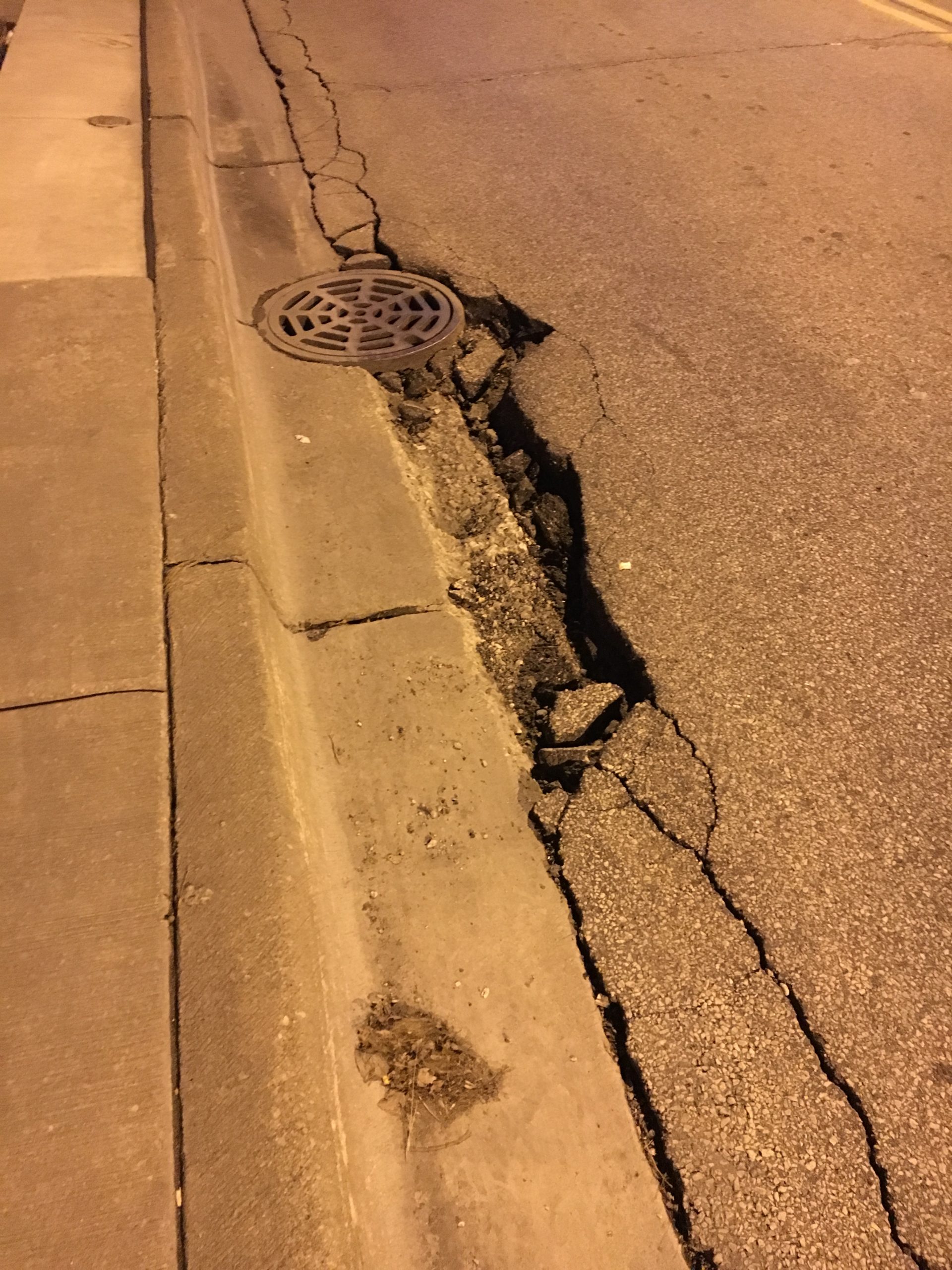 Where people work may be permanently affected by the Covid-19 pandemic. What does that mean for commuters, the roads they travel – and pothole repairs?
Where people work may be permanently affected by the Covid-19 pandemic. What does that mean for commuters, the roads they travel – and pothole repairs?
In February 2020 the TRIP organization, a surface transportation research non-profit, released a study that found traffic in northern Virginia costs commuting drivers $2,600 per year due to congestion, vehicle maintenance from rough pavement, and crashes. The cumulative costs of these to all drivers in the area, essentially the District of Columbia suburbs, are $9.5 billion per year.
TRIP also found that road quality in that region ranks poorly. Fully 42 percent of roads there are deemed poor or mediocre.
But note the date. A month later the entire country went into lockdown due to the coronavirus crisis, reducing traffic to a degree no one imagined on Groundhog’s Day as workers learned to do their jobs from home offices. Now, six months later, there is a distinct trend toward full- or part-time work from home that might continue even after the pandemic subsides.
The calculus around congestion, potholes, and upkeep in this time has changed considerably. Sure, it’s great if one goes to an office three, two, one or even zero days per week, given how a sizable portion of the workforce is similarly reducing its use of roads. Traffic reductions should help reduce wear and tear on pavement, but temperature fluctuations (above and below freezing) have as much to do with pothole formation as does traffic.
Most local, state, and federal highways are funded wholly or in part by gas tax revenues. That stream of income was already dropping due to increased fuel efficiency in newer cars, and even more pronounced with hybrid vehicles and all-electric cars. If work-from-home sticks, months and years into the future, what might this mean for gas purchasing, gas tax revenues – and road repairs?
A research-based, workplace trends consulting firm, Global Workplace Analytics, has been studying work-from-home trends for more than a decade. Even before onset of the coronavirus, it found that about 3.6 percent of the employed workforce (about five million people, not self-employed) worked from home at least half the time. This is up 173 percent since 2005. They cite the Gallup State of the American Workplace 2016 report, which shows that 43 percent of employees “work remotely with some frequency.”
The firm also says that 56 percent of employees “have a job where at least some of what they do could be done remotely.” Also, they cite another study (State of Remote Work 2019, Owl Labs) that says 80 percent of employees want to work from home at least some of the time. From that, Global Workplace Analytics predicts:
”…based on historical trends, that those who were working remotely before the pandemic will increase their frequency after they are allowed to return to their offices. For those who were new to remote work until the pandemic, we believe there will be a significant upswing in their adoption. Our best estimate is that we will see 25 to 30 percent of the workforce working at home on a multiple-days-a-week basis by the end of 2021.”
As is said ad nauseum, these are uncertain times, so knowing what traffic will look like in 2021, 2022, and beyond is hard to do. But suffice it to say the natural factors that cause potholes will not change, and that potholes left unfixed might slow traffic and cause vehicle damage even if there are fewer cars on any given road on any given day – in northern Virginia as much as anywhere else.




